Family Pictures (2016)


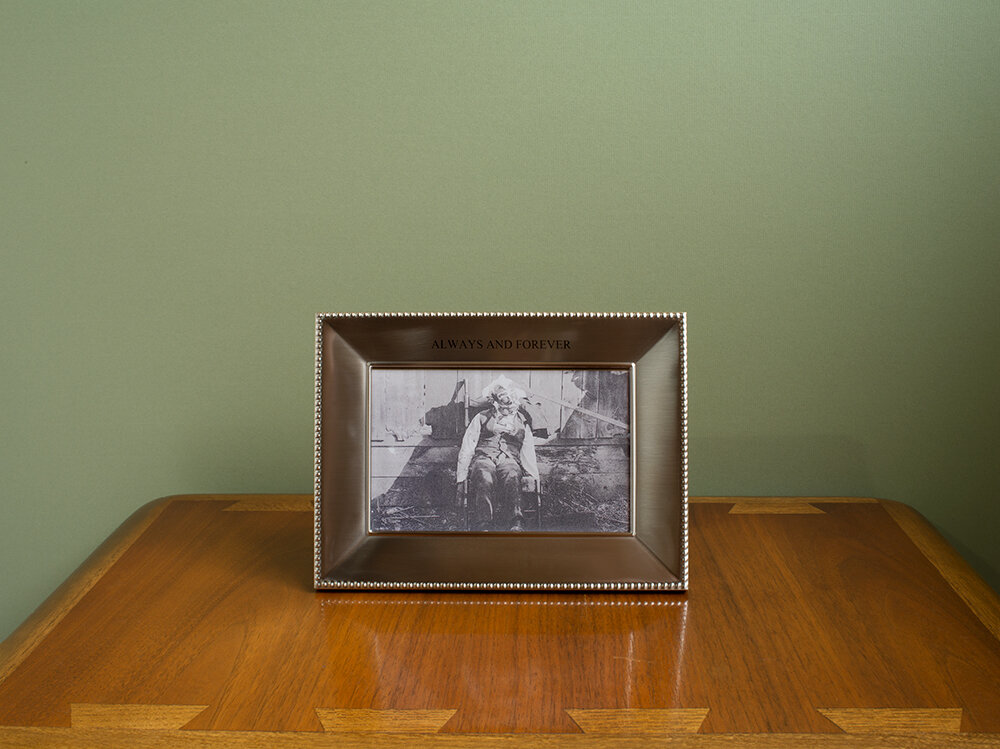
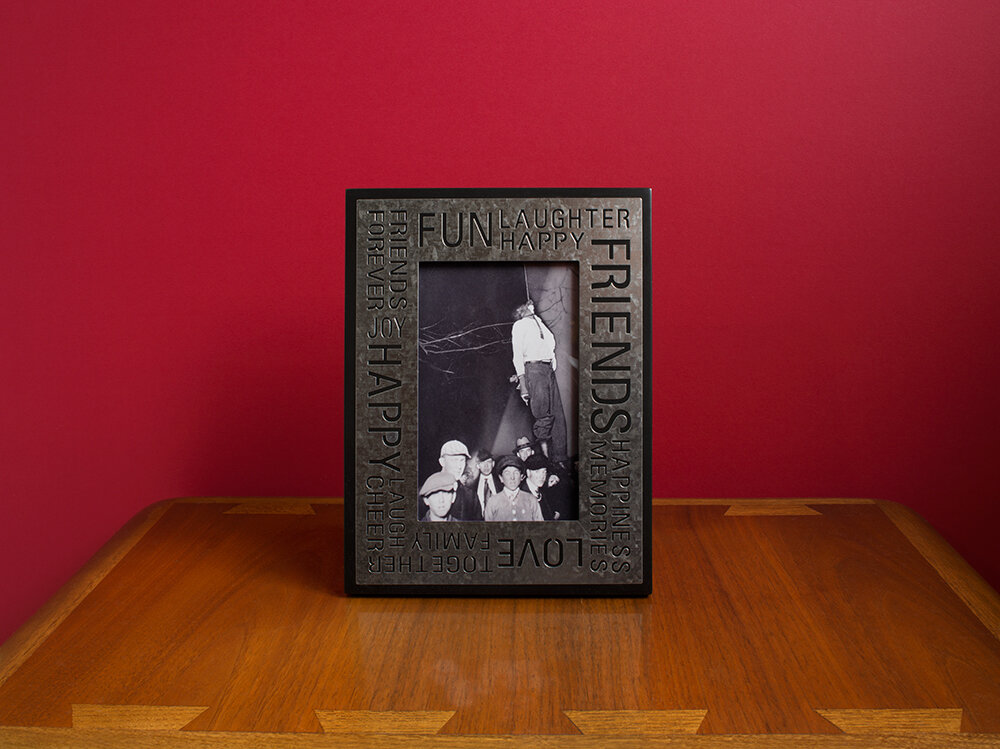

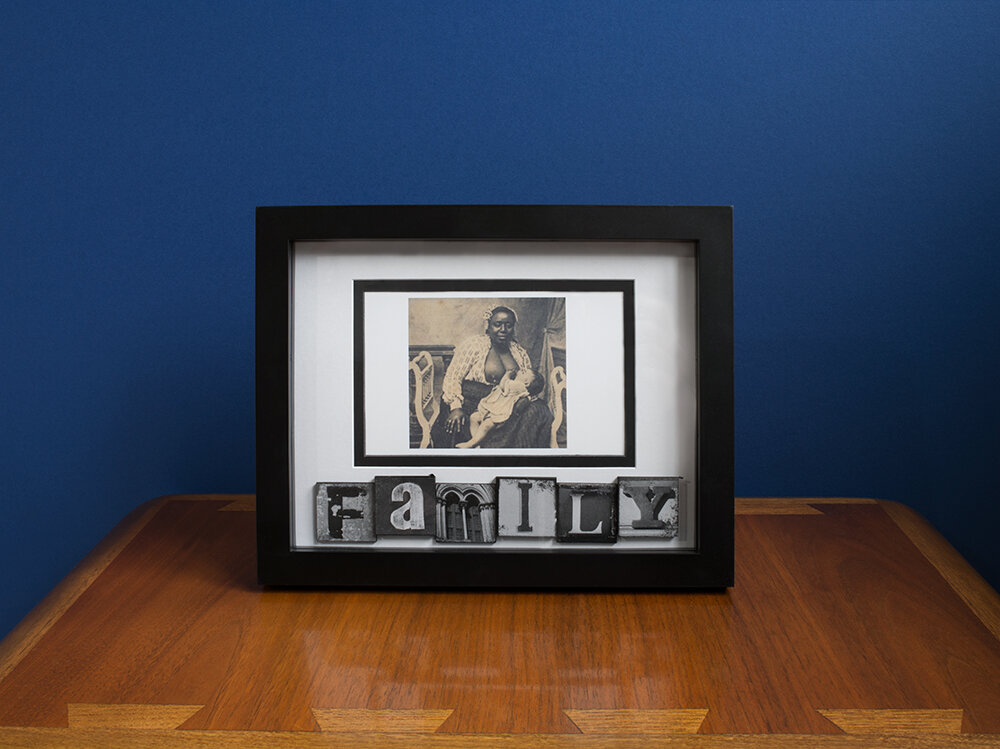

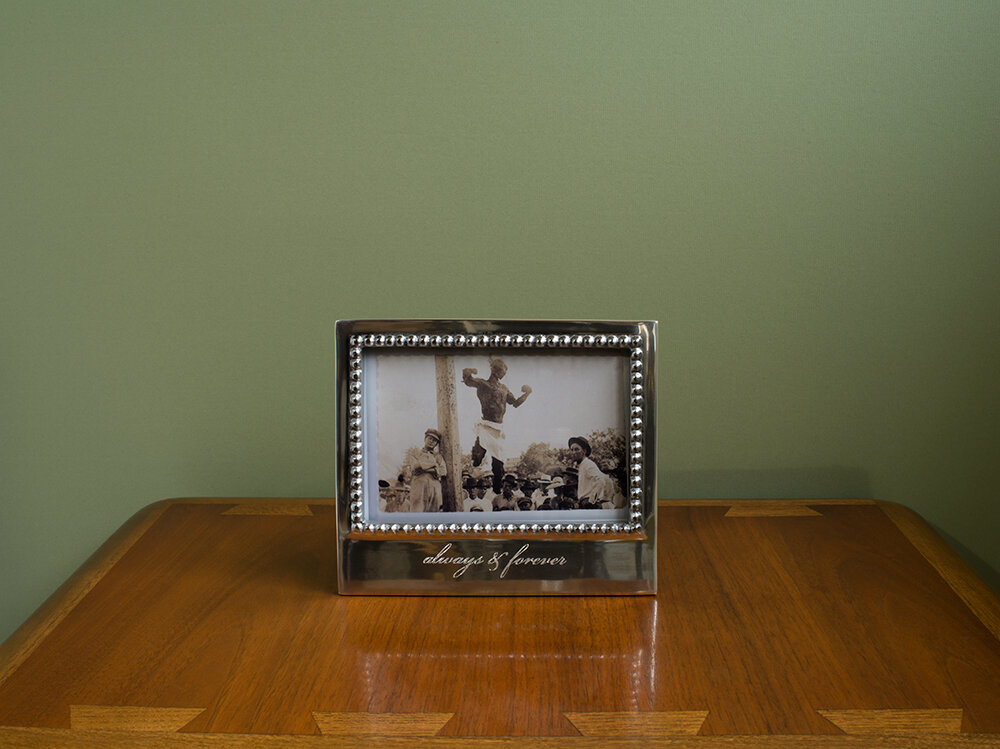
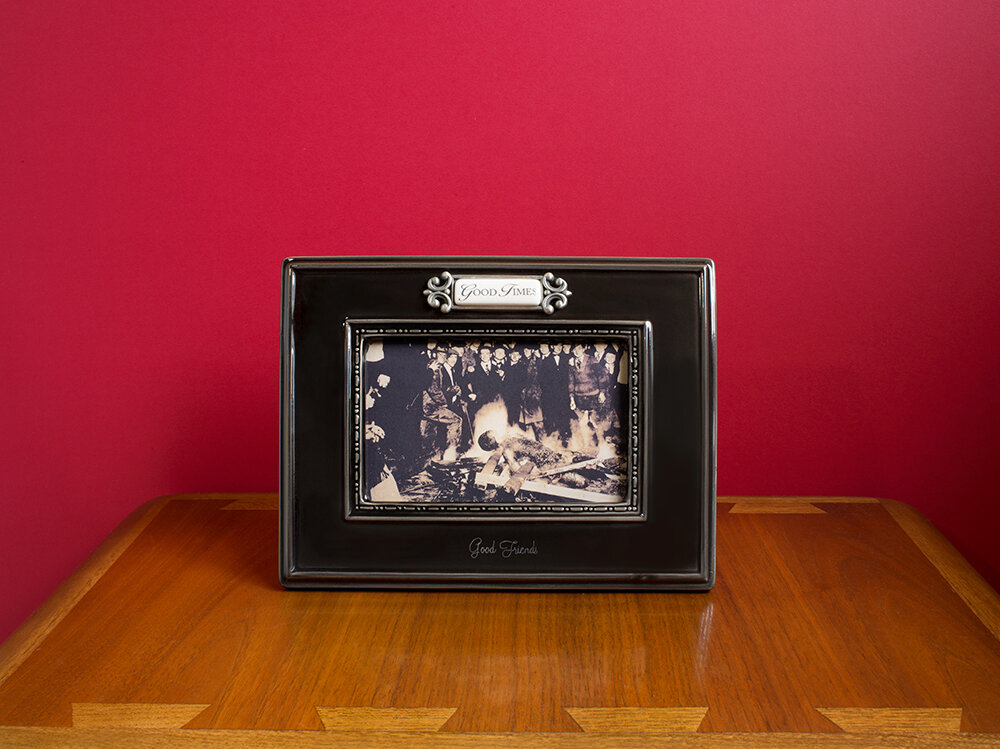
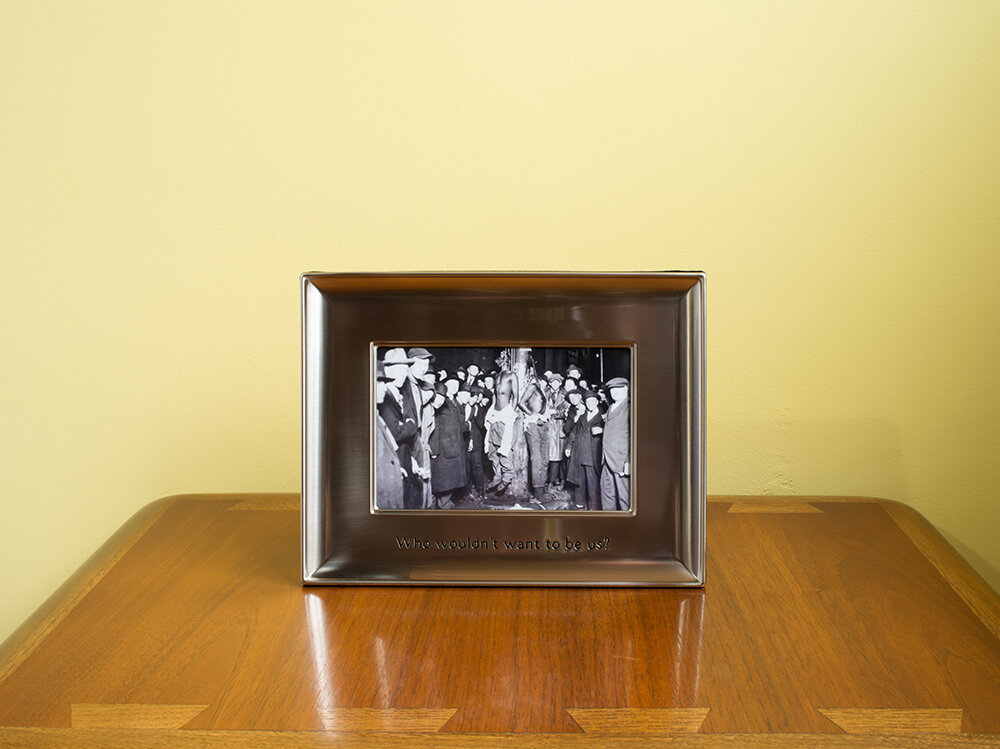
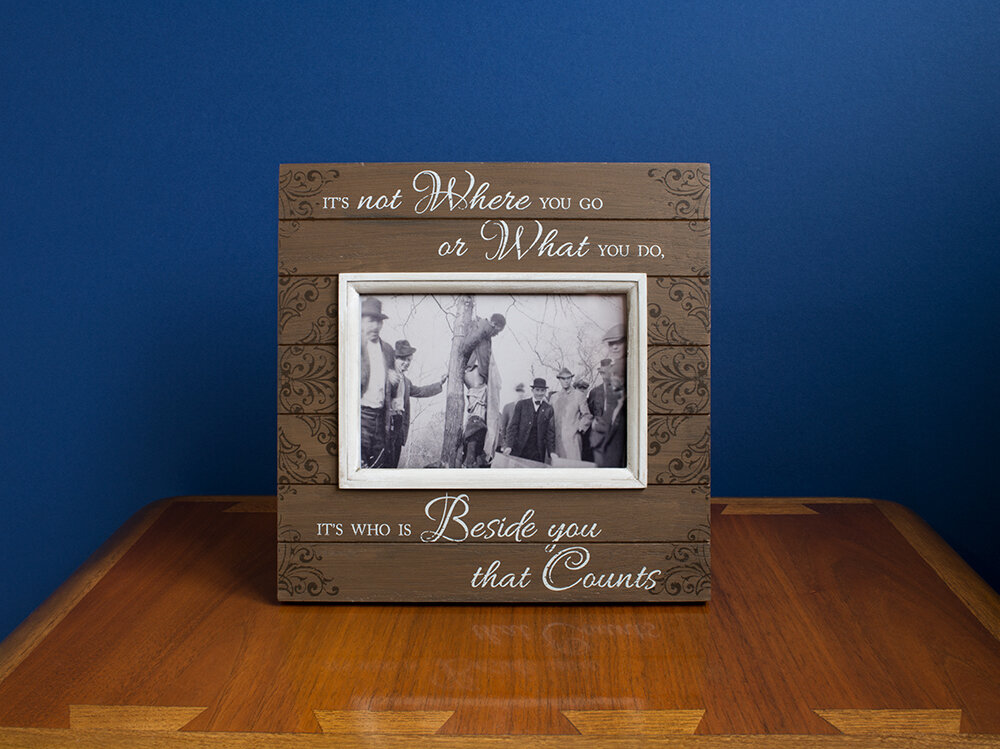
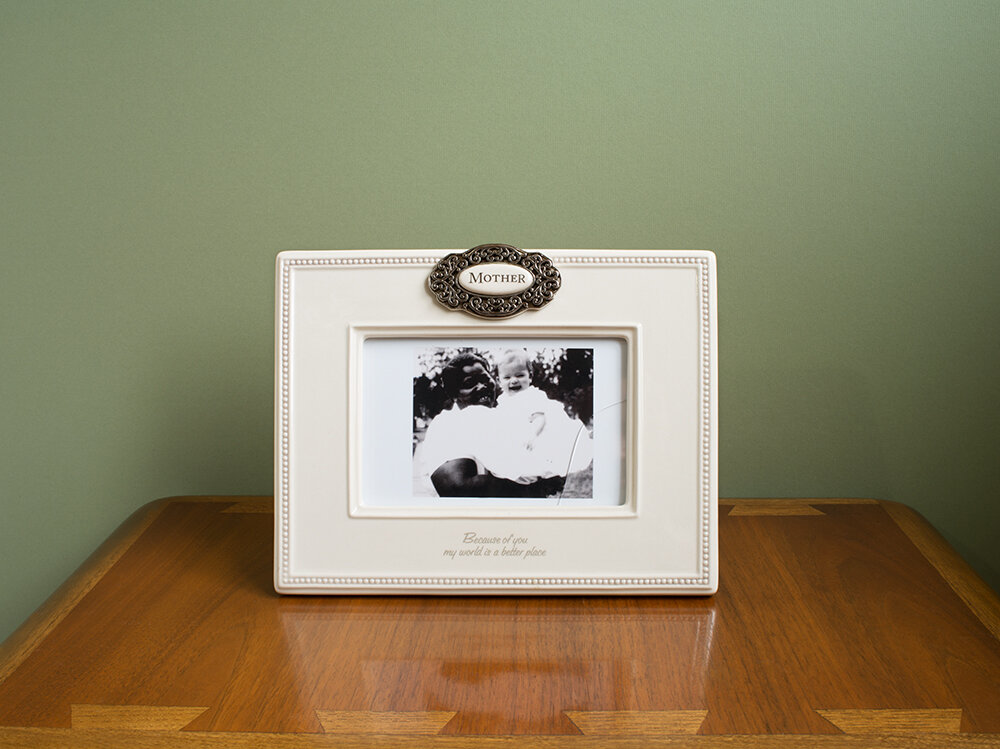
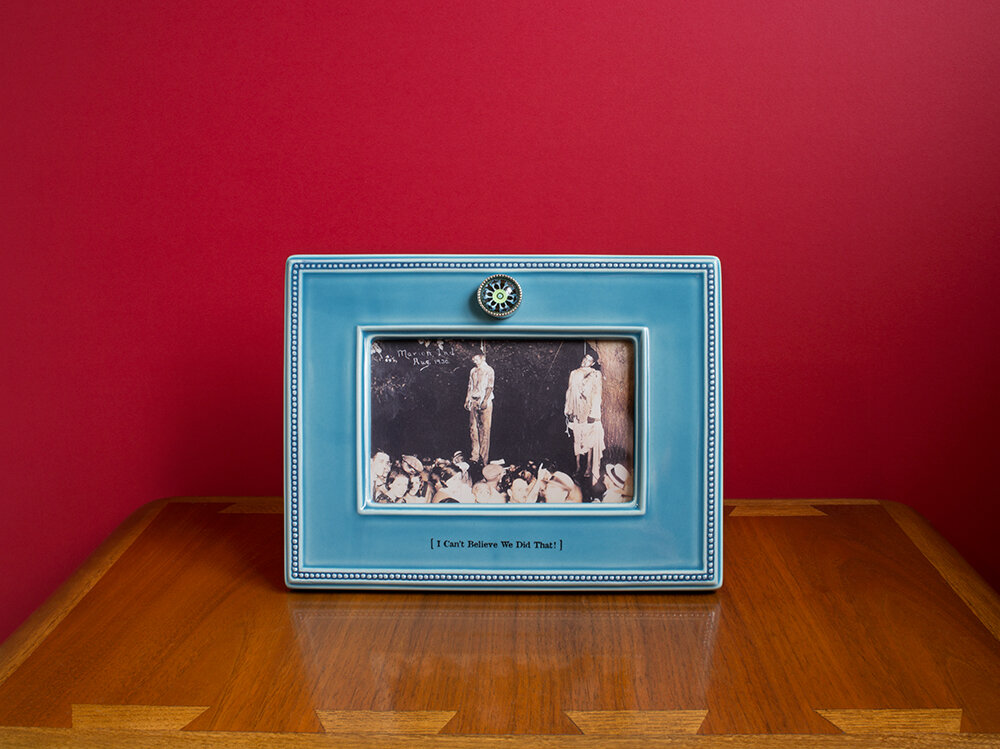


Forty-eight prints on Hahnemuhle Photo Rag Baryta Glossy FineArt Paper, 100% cotton
Each image on a blue, green, yellow and red background
315 gsm (grams per square meter) white, gloss and has no optical brightening agents
Epson Ultrachrome K3 pigment ink set
Series 1 - print 30 x 40 inches (paper 33.75 x 42.88 inches), edition of 3, plus 2 artist's proofs
Series 2 - print 15.5 x 20.5 inches (paper 19.88 x 24.63 inches), edition of 10, plus 2 artist's proofs
Technologies have begun to bring the state sponsored violence meted out to black people to a larger consciousness. This violence has been long known to black and poor people, but it is now present to the dominant culture.
Today, you can show black people being shot to death on television.
You can see a video, repeatedly (or even as a background image) as two people discuss a man being strangled or shot. To death. The prohibition of showing the deaths of victims is waived when the victim is black. Their last words are broadcast. Their bodies left in the street as a warning, or as a provocation. You cannot imagine seeing the victims of Columbine or hearing the tapes of Sandy Hook, but for some reason, you can see a black man killed in on your television. You can sit in a pub, a waiting room, your well appointed home with its flat screen tv and see someone killed. These images are public and private and downright quotidian.
The dominant culture experiences this phenomenon as something “New.” They refuse to believe that what they are experiencing is the exact way things have always been done. They want to believe that it is an anomaly. This requires the dominant culture to deny that the basis of America’s relationship to black people is violence. It has always been violence placed in the service of a domestic identity.
I chose to make work that marries contemporary and historical violence to the domestic impulse. Publicly created and shared photographs of violence against black people now inhabit contemporary frames. Using frames designed for keepsakes or familial milestones, siting these on a 1960s era Andre Bus coffee table against various hues, the work reconciles a violent history with the contemporary spectacle of state violence within a domestic sphere.
These are the Family Pictures we have long pretended do not exist.
They are the obscene excess of the spectacle of violence played out in public for consumption and control.
S.L.
Dedham, MA